The Town Without Streets
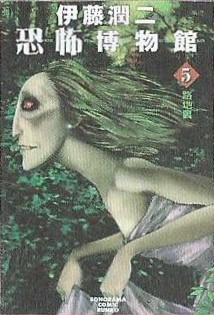
(Junji Ito's Museum of Terror 5 "Back Alley")
Junji Ito / Asahi Sonorama
I want to use "Village of the Sirens", but I'll go with this one instead. It obviously had an effect on the Shibito Nest, as well as a huge impact from its coexistence of normality and abnormality; the blending of the rift between reality and dreams. (Toyama)

Carrie
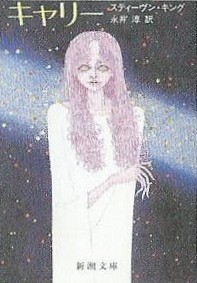
Stephen King / Shinchosha
This employs the method of collating a spectatorial record using articles and fragmented interviews, which show a reality that isn't depicted at all. This was where the idea to have the archives, rather than just a simple Siren dictionary, came from. (Toyama)

The Drifting Classroom
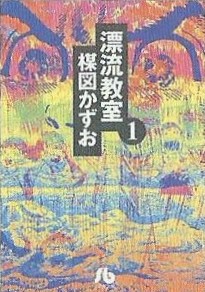
Kazuo Umezu / Shogakkan
Another world, disappearances and survival... This is such a great work that I can't even begin to say how much influence it had. The idea of a child being the only one to come back is one of the most vivid things in it. (Toyama)

Paul McCarthy

This is a modern artist's photobook. The photos evoke the strange emotion of feeling sympathy for something you can't understand, something that is intelligent but differs from humans, insect-like... and these things are where the basic image that we used for the Shibito came from. (Toyama)

Cheap Thrill
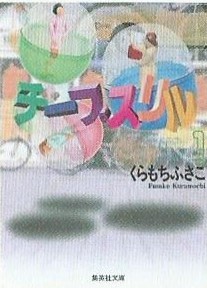
Fusako Kuramochi / Shueisha
This is a love story, totally unrelated to horror, but the story was released as three seemingly independent omnibuses, which all turn out to be about a single person, and I wanted to see if we could reproduce the "Ah!" moment that shocks you to the core when gears start turning. (Toyama)

Kairyusai no Yoru: Yokai Hunter
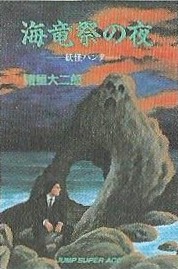
Daijiro Morohoshi / Sobisha
While we were making Siren, I wanted it to feel like this, a drama like a grand, intricate puzzle, with its unique style combined with a strange, complex theme, Morohoshi's mandala-style world view with a mix of truth and falsehoods, where myths become reality and reality becomes a myth. The "ghost-hunter" Reijiro Hieda provided the source for Tamon Takeuchi's character background. Takeuchi's opening and Harumi's ending match up because we wanted to make it feel like an eternally lopping nightmare, and because of the influence of the impact we felt from the way Morohoshi connected the final scene in "Koshi Ankokuden" to the beginning of "Ankoku Shinwa". His works were the first to teach me what "sense of wonder" meant. (Sato)

English Translation by Chelsea

